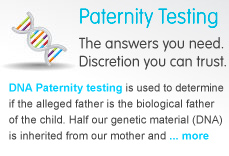






MLSBioDNA Ltd is offering DNA avian gender identification (bird sexing) as a tool for breeders, veterinarians and bird owners. As a company we are also aiming to offer a number of other DNA tests for animal diseases in species including equine, canine and feline.
In many birds the sexes are morphologically indistinguishable, even as adults. In about half of the world’s bird species, the females and males look identical. This problem hinders both evolutionary studies and human-assisted breeding of birds.
1. DNA Bird Sexing
This procedure is relatively simple and comparatively cheap. Usually three plucked feathers are enough to determine the sex of the bird. The method is non-invasive and much less traumatic for the bird. No need to give any antibiotics after the sample collection procedure.
Species that can be sexed with this method
This DNA sexing method can be used for most of the birds’ species. It is commonly used to sex birds of the family Psittacidae (e.g. Parrots, Macaws etc.).
MLSBioDNA can also carry birdsexing analysis on members of the Struthionidae family (e.g. ostrich, emu etc.), Strigidae (owls), Accipitridae (eagles) and Cathartidae (vultures) families.
Sample Collection
- A plastic bag should be used to collect the feathers.
- The plastic bag should be labelled appropriately with the name of the bird, species, ring number and date of sample collection.
- Three or more plucked chest feathers should be used for each bird.
- A few drops of blood can also be supplied for testing.
- Sample submission form should be filled in appropriately and must accompany all samples sent.
- Samples should be delivered / sent to the laboratory as soon as possible (ideally not more than 48 hours after sample collection).
- Samples should never be exposed to extremes of temperature (e.g. in a freezer or left in the sun in a car).










